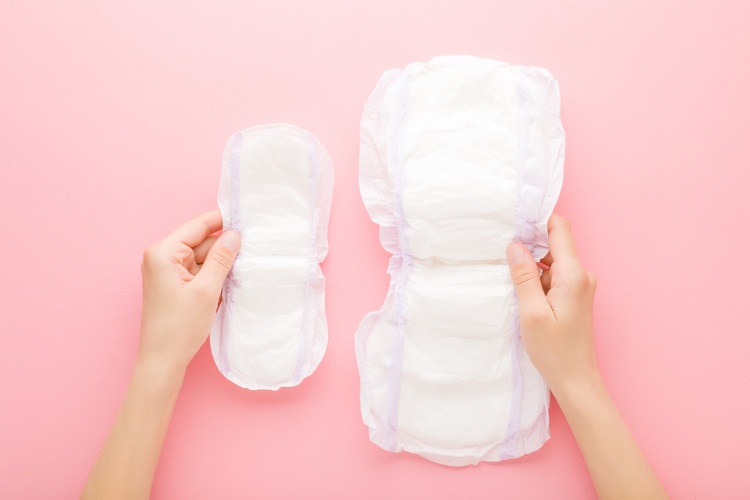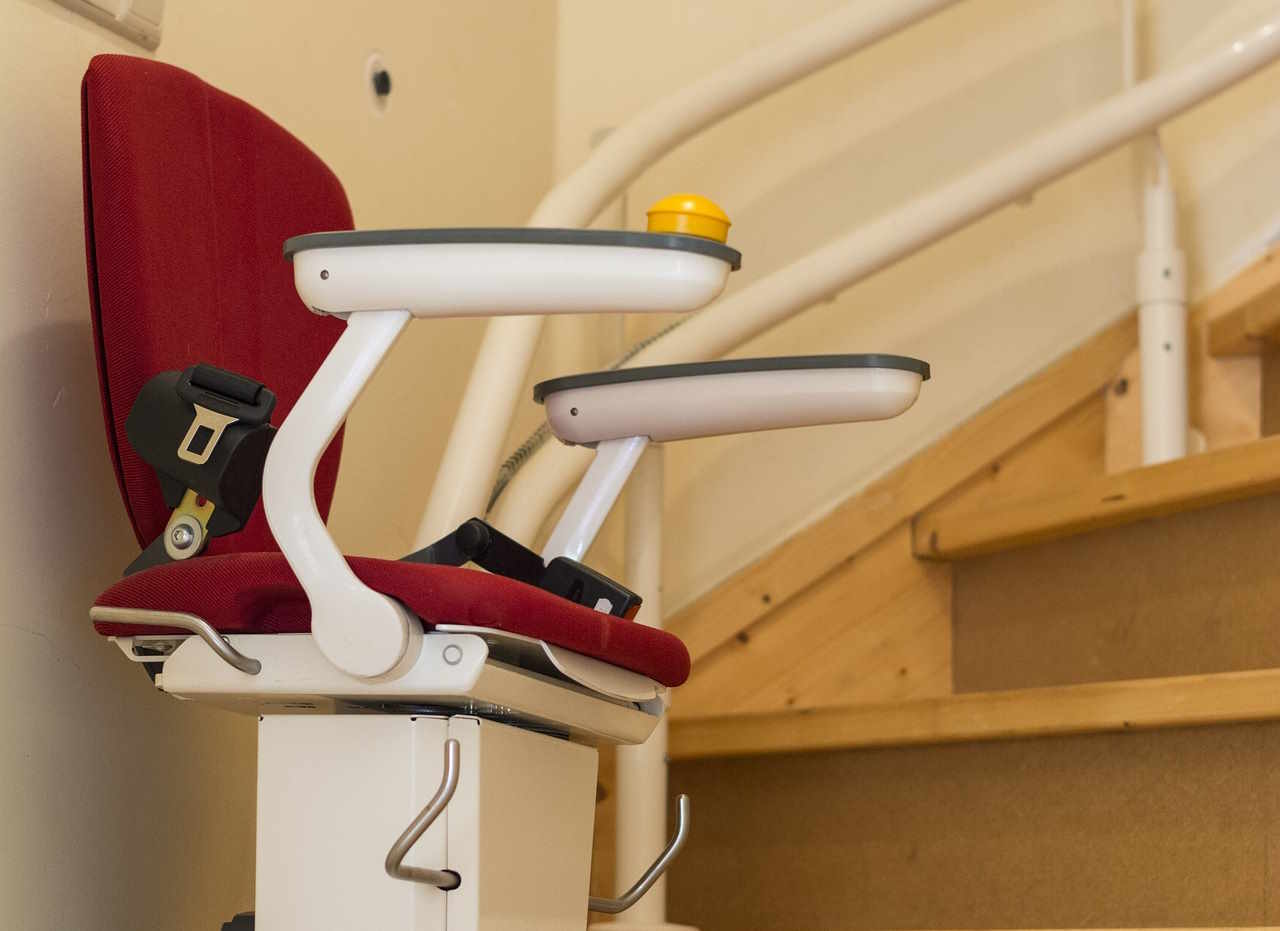How to Choose the Best Adult Diapers: A Complete Guide
Selecting the right incontinence protection requires understanding different product types, absorption levels, and fit considerations. Whether you need daytime comfort or overnight security, the right choice depends on your specific needs, lifestyle, and budget. This comprehensive guide covers essential factors to help you make an informed decision about incontinence products.

Finding suitable incontinence protection involves evaluating multiple factors including absorption capacity, comfort, discretion, and cost-effectiveness. With numerous options available in today’s market, understanding the differences between products can significantly improve your quality of life and confidence.
What Are the Different Types of Adult Diapers Available?
Incontinence products come in several distinct categories, each designed for specific needs and mobility levels. Pull-up style products, also known as protective underwear, offer convenience and dignity for active individuals who can dress independently. These products look and feel similar to regular underwear while providing reliable protection.
Tabbed briefs provide maximum absorption and are ideal for individuals with limited mobility or those requiring caregiver assistance. These products feature adjustable tabs for secure fitting and easy changes. Pad-style products work with regular underwear and offer lighter protection for minor leakage.
Specialty products include overnight options with enhanced absorption, swimwear protection, and gender-specific designs that account for anatomical differences in protection needs.
How Do You Determine the Best Fit for Your Needs?
Proper sizing ensures both comfort and effectiveness of incontinence protection. Most manufacturers provide detailed sizing charts based on waist and hip measurements. Taking accurate measurements while wearing typical undergarments provides the most reliable fit assessment.
Consider your activity level when selecting products. Active individuals benefit from products with secure leg elastics and flexible waistbands that move with the body. Those with limited mobility may prioritize easy application and removal features.
Absorption needs vary significantly between individuals. Light incontinence requires different protection levels than heavy or frequent episodes. Many products indicate absorption capacity in milliliters or use descriptive terms like “light,” “moderate,” or “heavy” protection.
What Should You Know About Overnight Protection?
Nighttime incontinence presents unique challenges requiring specialized product features. Overnight protection typically offers higher absorption capacity and enhanced leak barriers compared to daytime products. Extended-wear products are specifically designed to provide 8-12 hours of protection without compromising skin health.
Proper positioning and fit become even more critical during sleep when movement is limited. Products with wider coverage areas and reinforced leak guards provide additional security. Some individuals benefit from combining products, such as using a pad with protective underwear for extra security.
Skin care considerations are essential for overnight use. Products with moisture-wicking properties and breathable materials help prevent irritation during extended wear periods.
How Can Sample Packs Help You Make the Right Choice?
Testing different products before committing to larger quantities saves money and ensures satisfaction. Most major manufacturers offer sample programs or starter packs containing various product types and sizes. These programs allow you to evaluate comfort, fit, and effectiveness without significant financial investment.
Sample packs typically include 2-5 pieces of different products, providing enough opportunity to assess performance during various activities and times of day. Keep detailed notes about each product’s performance, including comfort level, absorption effectiveness, and any skin reactions.
Many healthcare providers, pharmacies, and online retailers facilitate access to sample programs. Some insurance plans may cover sample costs when prescribed by healthcare professionals.
What Are the Benefits of Buying Adult Diapers Wholesale?
Purchasing incontinence products in bulk quantities offers significant cost savings for regular users. Wholesale buying reduces per-unit costs and ensures consistent product availability. This approach is particularly beneficial for caregivers managing multiple individuals or facilities requiring large quantities.
Bulk purchasing options include direct manufacturer orders, medical supply distributors, and membership warehouse stores. Many suppliers offer subscription services with automatic deliveries, ensuring you never run out of essential products.
Storage considerations are important when buying wholesale. Incontinence products should be stored in cool, dry locations away from direct sunlight to maintain product integrity.
| Product Type | Average Monthly Cost | Key Features |
|---|---|---|
| Pull-up Style | $45-85 | Easy application, discreet |
| Tabbed Briefs | $55-95 | Maximum absorption, caregiver-friendly |
| Protective Pads | $25-45 | Lighter protection, used with underwear |
| Overnight Products | $65-110 | Extended wear, enhanced absorption |
| Wholesale (case) | $180-350 | Bulk savings, 3-4 month supply |
Prices, rates, or cost estimates mentioned in this article are based on the latest available information but may change over time. Independent research is advised before making financial decisions.
Selecting appropriate incontinence protection requires balancing multiple factors including comfort, effectiveness, discretion, and cost. Start with sample packs to identify products that meet your specific needs, then consider bulk purchasing options for ongoing savings. Remember that the most expensive product isn’t necessarily the best choice – focus on finding products that provide reliable protection while maintaining your comfort and dignity throughout daily activities.
This article is for informational purposes only and should not be considered medical advice. Please consult a qualified healthcare professional for personalized guidance and treatment.




